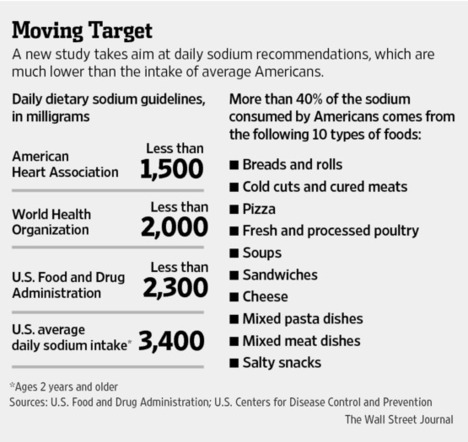(p. A11) Yo is a smartphone app. MelaFind is a medical device. Yo sends one meaningless message: “Yo!” MelaFind tells you: “biopsy this and don’t biopsy that.” MelaFind saves lives. Yo does not. Guess which firm found it easier to put their product in consumers hands?
. . .
In January 2010, Jeffrey Shuren, a veteran FDA official, was appointed director of the FDA’s Center for Devices and Radiological Health, the division responsible for evaluating MelaFind. Dr. Shuren, Dr. Gulfo writes, had “a reputation for being somewhat anti-industry” and “an aggressive agenda to completely revamp the device approval process.” Thus in March MELA Sciences was issued something called a “Not Approvable letter” raising various questions about MelaFind.
. . .
The letter sent the author into survival mode. He battled the FDA, calmed investors, and defended against the lawsuit all while trying to keep the company afloat. Under stress, Dr. Gulfo’s health began to decline: He lost 29 pounds, his hair began to fall out, and the pain in his gut became so intense he needed an endoscopy.
. . .
The climax to this medical thriller comes when, in “the greatest 15 minutes of [his] life,” Dr. Gulfo delivers an impassioned speech, à la “Twelve Angry Men,” to the FDA’s advisory committee. The committee voted for approval, 8 to 7, and, perhaps with the congressional hearing in mind, the FDA approved MelaFind in September 2011.
It was a major triumph for the company, but Dr. Gulfo was beat. He retired from the company in June 2013– . . .
. . .
Google’s Sergey Brin recently said that he didn’t want to be a health entrepreneur because “It’s just a painful business to be in . . . the regulatory burden in the U.S. is so high that I think it would dissuade a lot of entrepreneurs.” Mr. Brin won’t find anything in Dr. Gulfo’s book to persuade him otherwise. Until we get our regulatory system in order, expect a lot more Yo’s and not enough life-saving innovations.
For the full review, see:
ALEX TABARROK. “BOOKSHELF; It’s Broke. Fix It. MelaFind’s breakthrough optical technology promised earlier, more accurate detection of melanoma. Then the FDA got involved.” The Wall Street Journal (Tues., Aug. 12, 2014): A11.
(Note: ellipses added, except for the one internal to the final paragraph, which is in the original.)
(Note: the online version of the review has the date Aug. 11, 2014, and has the title “BOOKSHELF; Book Review: ‘Innovation Breakdown’ by Joseph V. Gulfo; MelaFind’s breakthrough optical technology promised earlier, more accurate detection of melanoma. Then the FDA got involved.”)
The book under review is:
Gulfo, Joseph V. Innovation Breakdown: How the FDA and Wall Street Cripple Medical Advances. Franklin, TN: Post Hill Press, 2014.


